Australian Tropical Rainforest Plants - Online edition
Aglaia brownii Pannell


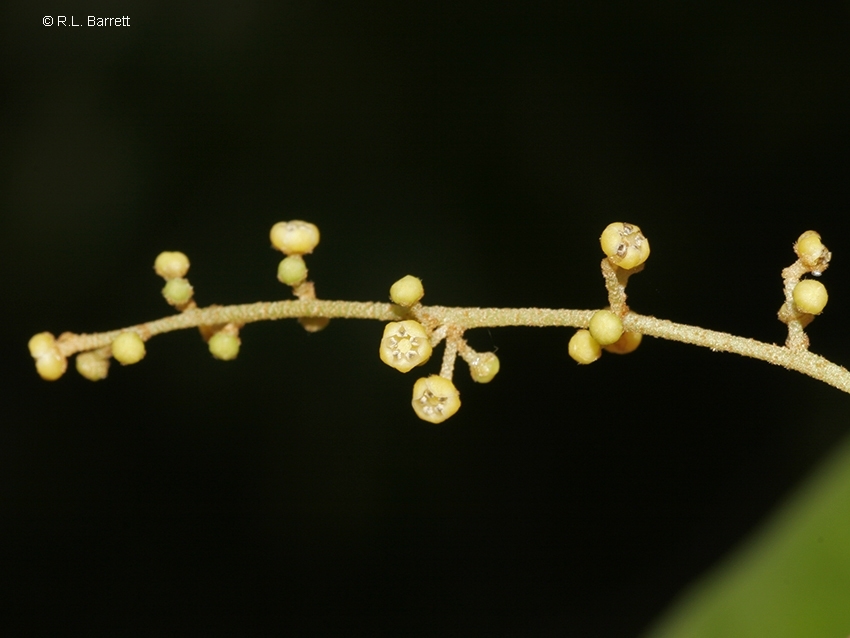
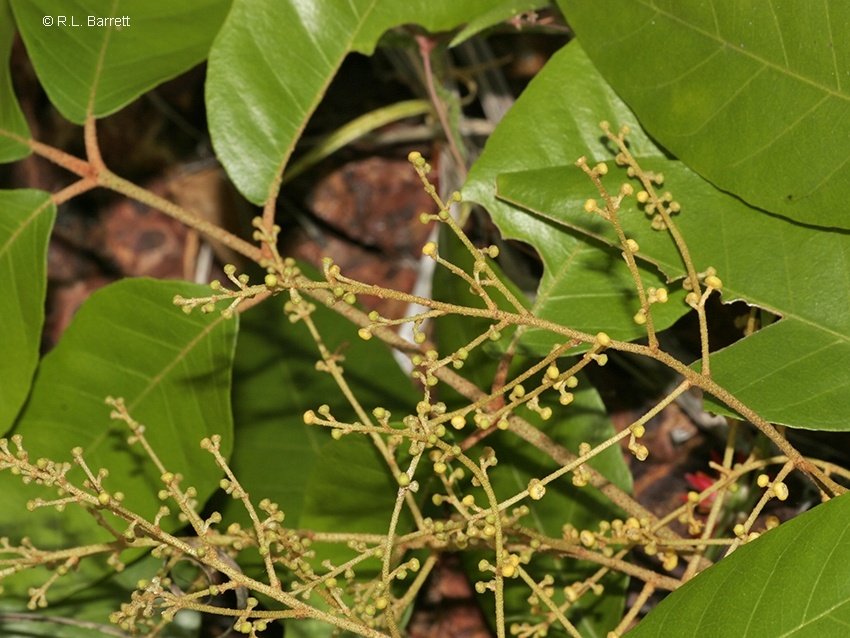


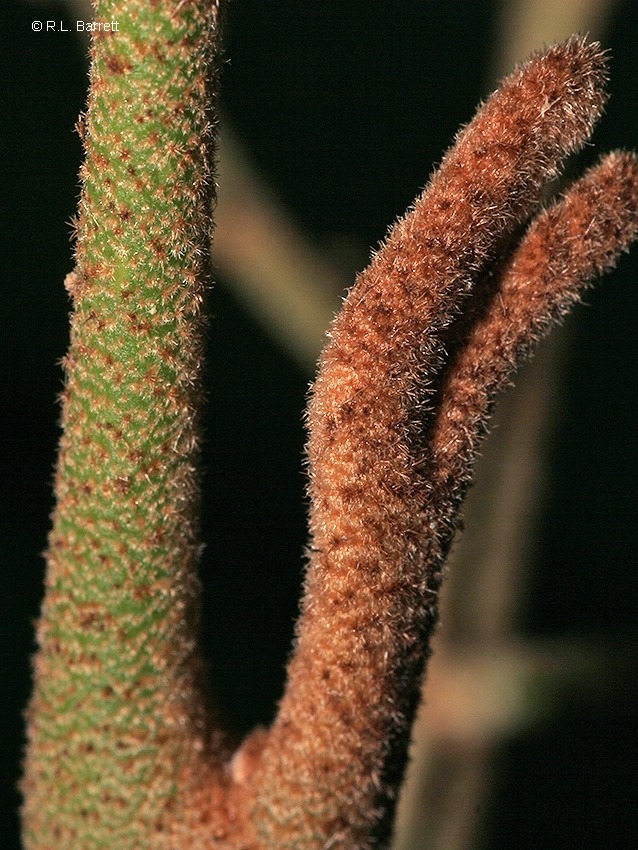
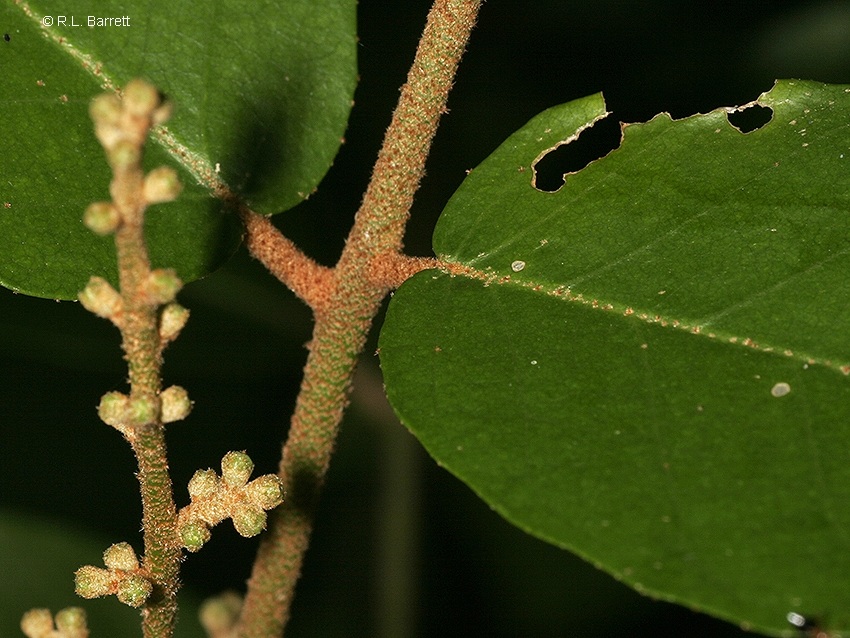
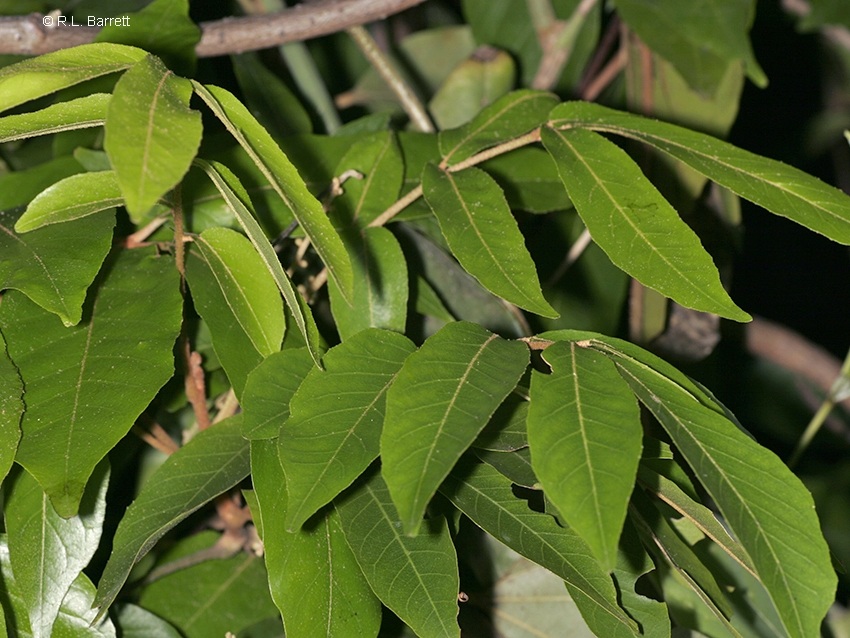
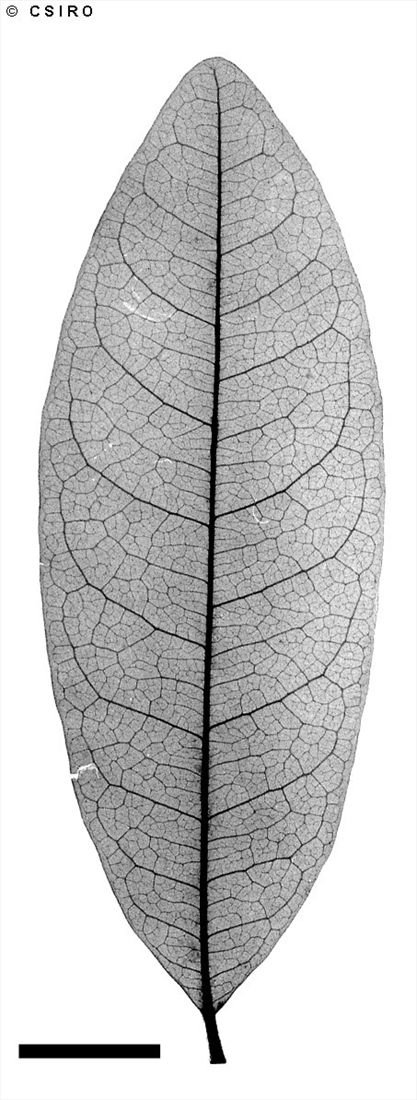
Pannell, C.M. (1992) Kew Bulletin Additional Series 16: 327. Type: Northern Territory, Cavern Island, 14 Jan. 1803,/ Groote Eylandt, 15 Jan. 1803, R. Brown 5232 (BM).
Usually flowers and fruits as a shrub about 2-5 m tall but can grow into a small tree.
Leaflet blades about 9-13 x 3.5-6.2 cm, clothed in light brown, stellate hairs and brown scales on both the upper and lower surfaces, especially the juvenile leaflets. Leaflet stalks about 0.6-1 cm long, clothed in densely packed, brown, stellate hairs. Lateral veins about 10-12 on each side of the midrib. Compact stellate hairs densely covering the midrib and lateral veins on the lower surface. Stem covered in scattered orange glands, brown scales and densely packed light brown, stellate hairs. Swelling present at the junction of the main rhachis and stem.
Flowers about 1 x 1-1.5 mm, very strongly perfumed. Calyx about 0.5 mm long, densely clothed in stellate hairs or calyx. Petals about 1 mm long. Staminal tube about 0.5 mm long. Anthers sessile, attached below the rim of the tube to the margin of a saucer-shaped disk. Ovary surrounded by a ring of stellate hairs.
Fruits ellipsoid to ovoid, about 14-21 x 17 mm. Seeds woody, brown, convex, about 10-16 x 7-11 mm, completely enveloped in a creamy brown aril. Embryo thick, cotyledons brown.
Features not available.
Occurs in WA, NT, CYP, NEQ, CEQ and southwards to south-eastern Queensland. Altitudinal range from near sea level to 100 m. Grows as an understory plant in monsoon forest and rain forest. Also occurs in New Guinea.





